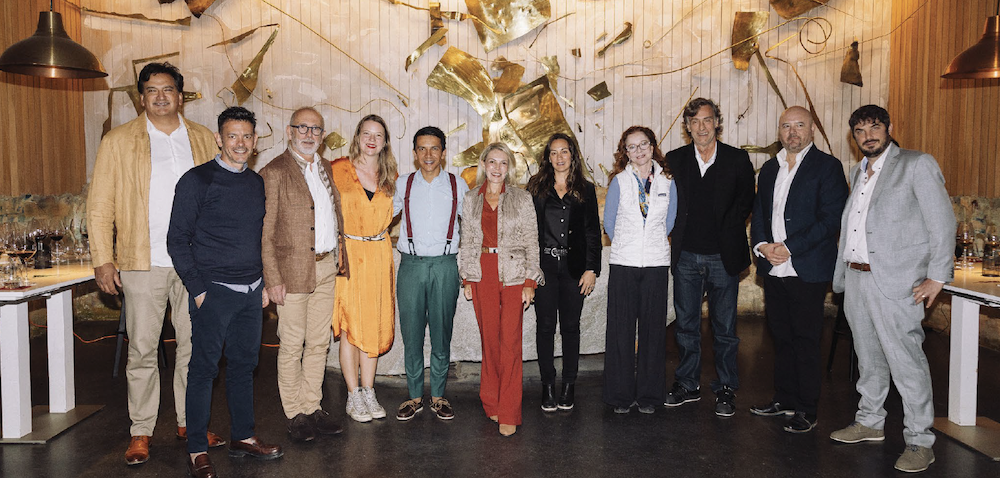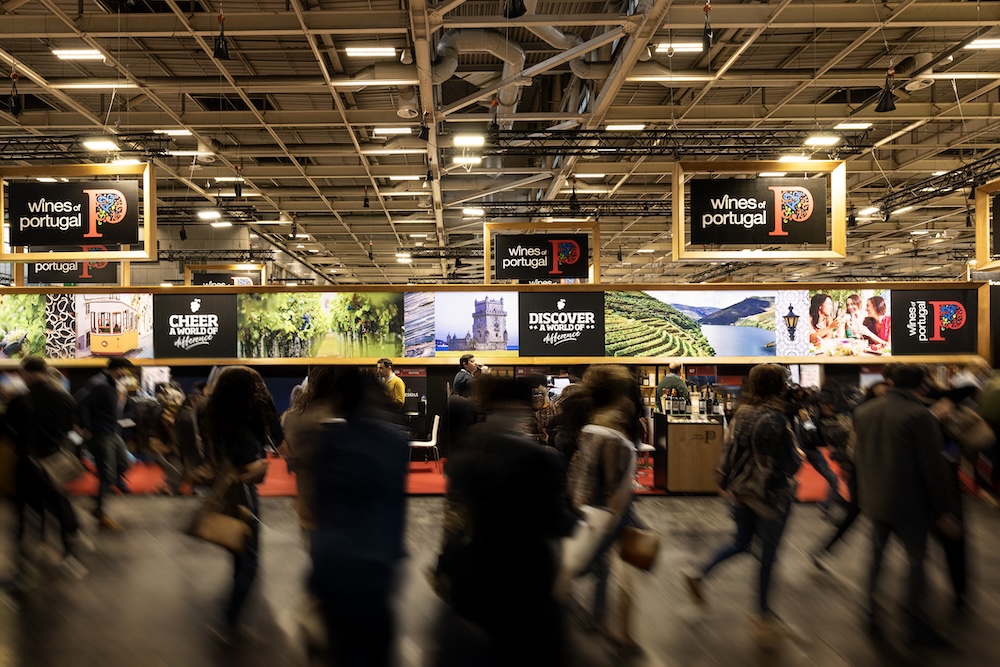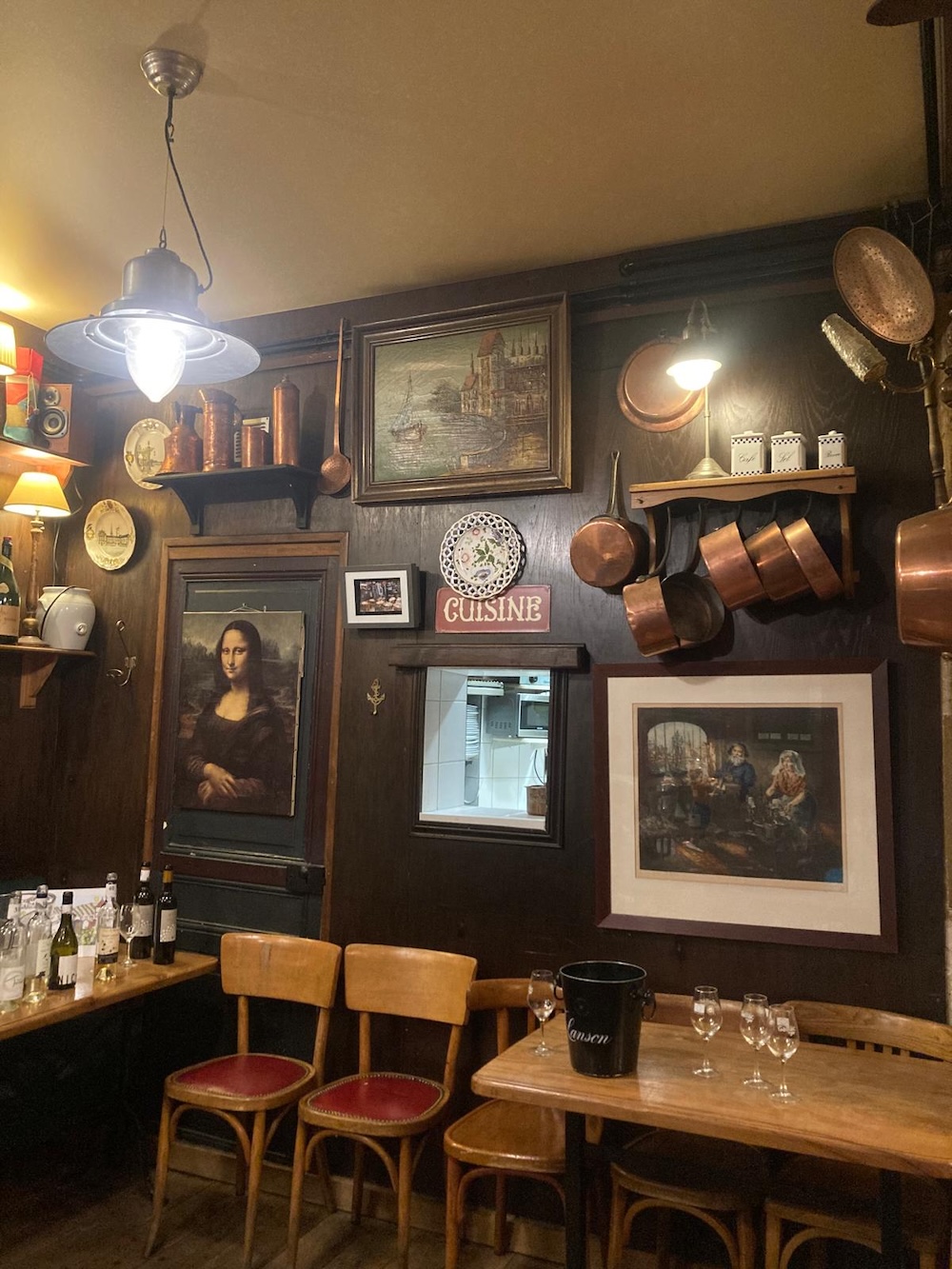
Discovery

Discovery
By Isabelle Escande – Photographs: courtesy of the estates, posted on 19 September 2022
Aragon wines hail from one of Spain’s oldest wine regions and were long renowned for their high alcohol levels and very rustic characters. But the tide is turning and over the past decade, they have been increasingly garnering accolades in international competitions and sparking excitement among critics, due to the efforts of several winegrowers, and often by co-operatives, who have successfully promoted local grape varieties.
Although Aragon is starting to attract attention, the region remains largely under the radar of the public. This is despite the fact that it compares very favourably to its prestigious neighbours, Navarre and Catalonia. Aragon is a land of amazing contrasts – its dry, arid terrain stretches across the Ebro valley before turning a lush green in the foothills of the Pyrenees.
In terms of weather patterns, the differences are also striking. Buffeted by the cold, dry northerly wind – the Cierzo, which keeps the vines healthy – it also shows marked differences between seasons (very cold winters and scorching summers) and day and night time temperatures.
Its most promising vineyard sites have been identified and grouped into four appellations – Carineña, Calatayud, Somontano and Campo de Borja – and various geographical indications. Some localities are also entitled to the Cava appellation. Across an area of 36,700 hectares under vine, Grenache reigns supreme, although other native grape varieties such as Carignan, Moristel and Parraleta del Somontano are also showcased. Spanish and international cultivars, including Cabernet-Sauvignon, Syrah, Chardonnay and even Gewurtraminer, complete the line-up.
This broad ranging collection of grape varieties, coupled with a desire for modernisation demonstrated by several of the region’s bodegas, have been the catalyst for the region’s quantum leap in quality over the past few years. Discover four wineries in the Aragon wine arena which have played a pivotal role in the industry’s revitalisation and are now taking it to the pinnacle of glory.
The current incumbents at Bodegas Tempore are the fourth generation of winegrowers. What makes the Yago Aznars fairly unusual is that since the winery’s inception in 2002, they have always focused on environmentally-friendly winegrowing. As the region’s organic pioneers, the winery was the first to open up international markets with its organic Grenache, explains its owner Paula Yago Aznar.
This commitment translates to a hands-off approach in the vineyard, but also in the winery. This was the driving force behind the winery’s decision to only produce single varietal wines so that the fruit, mostly native grapes, could fully express its aromatic potential. “Our wines are the perfect illustration of our motto, which is ‘Respect for the earth and a passion for wine’, adds Yago Aznar. “They are the finest expression of our sites, our sunshine and the limestone and mineral soils surrounding us”.
Located in the provinces of Saragosse and Teruel, Bas Aragon is defined by very cold, long winters and blistering summers where the mercury can soar to over 40°C. Rainfall is scarce and the prevailing wind is the Cierzo. These weather patterns have a decisive effect on the vines. Sporting an intense colour, the wines made by the 120-hectare Bodegas Tempore are highly expressive and display pronounced mineral characters. More than this, though, they are very fruit-forward – a moniker that applies as much to the estate’s young bottlings as to its more mature drops. Bodegas Tempore has lost count of the number of medals awarded to its red, white and rosé wines in international competitions, particularly for its Terrae SO2 free range that is farmed biodynamically and uses no sulphites. The range epitomises one of the bodega’s latest projects, “driven by its constant, deep-rooted desire for innovation”, says Yago Aznar. Three years ago, the winery ventured down the biodynamic route and is aiming for Demeter certification. In 2023, it should be able to release its first wines bearing the endorsement.
“Excellence is our objective, not mass production”, claims Yago Aznar. Here, using environmentally-friendly vineyard management was an obvious choice. “In our opinion, it is the only way for us to do business”.



Located in the village of Carineña itself, Bodega San Valero has written some of the finest chapters in the history of the appellation. Founded in 1944 by 66 winegrowers, the region’s oldest co-operative winery now boasts 500 member growers who, with their 4,000 hectares under vine, corner a third of the famous DO’s vineyards. A leading player in Aragon, Bodega San Valero is now a “small great family”, in the words of its marketing director, Javier Domeque Gimeno.
Ninety percent of its vineyards circle the village of Carineña. The Grenache vines, both young and old – some are over 80 years old! – are rooted in the very rocky, arid soils which offer a prime site for vine growing. They are joined by Carignan, a native grape variety after which the appellation is actually named. The stones, which are a distinctive feature of the region and lend the wines their signature mineral stamp, protect the vines from disease, filter rainwater and also maintain dampness in the soil for long periods of time.
Here, local grape varieties hold pride of place, but other cultivars are also grown – they include Syrah, Tempranillo, Merlot, Cabernet-Sauvignon and Chardonnay. There is even Muscat d’Alexandrie, from which the winery produces a totally unique fruity, floral and slightly spicy wine. Grown in two blocks located at 900 metres above sea level, the fruit is harvested at the end of November, by which stage it has almost turned into raisins. The bodega stands out for its extensive range of wines, from ice wine to old-vine Grenache, easy-drinking rosés, very fresh white and sparkling wines. One of its noteworthy drops that deserves a mention is its single varietal Grenache Cava Blanc de Noirs, which is in a league of its own. This extremely elegant pour offers up red fruit aromas that are typical of the grape. Another of the bodega’s defining features is clearly its commitment to the environment. With 310 hectares farmed organically, it is Aragon’s leading organic vineyard and ranks second nationally, says Domeque Gimeno with undisguised pride. Its green credentials are not limited to its vineyards, but also apply to the winery and various other facilities. Land is a heritage that needs to be preserved, and the winegrowers at San Valero are fully aware of their indebtedness to their forbears and their duty to their descendants. The present-day winery has three generations of winemakers, epitomising the past, the present and the future.





Another influential co-operative in DO Carineña is Bodegas Covinca which covers 1,200 hectares of vines around the village of Longares. “The tradition of vine growing in this region dates back to the 3rd century BC”, says Jorge Fuster, the winery’s national sales director. “The Celtiberian people were already making wine here, even before the arrival of the Romans”. As early as the 15th century, Carineña wines were enjoyed by royalty and went on to expand significantly whilst phylloxera decimated vineyards in France, and spared those of Aragon.
This historical land is the birthplace of Bodegas Covinca, a co-operative established in 1945 which has made a firm pledge to showcase this shared heritage. Entirely modernised and equipped with cutting-edge technology, it continues this viticultural, cultural and social tradition to this day. “Virtually the entire village of Longares is involved in the project”, stresses Fuster.
The concept of heritage advocated by the bodega obviously translates into measures taken to preserve the vineyards and limit chemical spraying to an absolute minimum. The company’s winemaker, Marta Giménez, explains how it uses pheromones to forego the use of insecticides. Innovation serves the interests of sustainable farming.
Bodegas Covinca’s wines can be either classically styled or more modern and come in a range of red, white and rosé. They are made from local grape varieties including Grenache, Mazuela and Carignan but also foreign cultivars. Produced from low-cropping vines, they are packed full of the flavours of this semi-arid land where they are grown, thereby encapsulating its generous, rich nature. It is no accident that Carineña wines are now known under the moniker of ‘wines from stones’…

DO Somontano is a transitional region between the arid soils of the South and the Pyrenees. The appellation holds a prominent place in the Aragon wine industry, despite its relatively small 4,000-hectare footprint. In fact, its wines, made from low-cropping vines, were the first to have piqued consumers’ interest in the 1990s, says Corinne Ortas Garcès, the estate’s export manager. “Subsequently, bodegas from other parts of Aragon followed its example and turned the spotlight on Grenache, allowing them to scale the heights of quality”.
Bodega Pirineos, which dates back to 1964, played a pivotal role in securing recognition for the appellation as its founding member in 1984. The co-operative, with its 700 hectares under vine, now groups together 150 families of winegrowers who produce approximately 25% of Somontano wines. The vineyards are divided into four clearly demarcated areas, producing a varied range of wines. “Due to the microclimates, the variety of soil types, location and elevation, we can produce each of them in such a way as to showcase the unique character of Somontano”, adds Ortas Garcès.
For the same reason, the co-operative has no intention of simply aping international grape varieties, but rather emphasise “the unique features of Somontano with its freshness which transcends the style of each variety”. The winery’s bid to differentiate its products has prompted it to combine these varieties with native grapes like Moristel and Parraleta. Since the outset, it has made a point of promoting local varieties through experimentation and winemaking projects. Its first wine, Señorio de Lazan which is made from Moristel among other grapes, offers tangible proof of its policy. Both the winery’s single varietals and its blends have now drawn increasing praise from wine critics. Its red Marboré label was awarded a double gold medal by Gilbert & Gaillard in 2022.
The winery has an experienced team and technologically advanced equipment and has always stood out for its taste for research and innovation. It often has more than one project on the go at the same time. Recently, it has ventured into production of some singular offerings, in the form of orange wines aka white wines fermented as reds with soaking. “These are very aromatic wines recalling the Macabeus which were traditionally produced locally and had great ageability”, explains Silvia Arruego, the winery’s director. These new initiatives have earned the bodega numerous awards. The latest of these is an endorsement from the government of Aragon for companies that have made a commitment towards greater transparency, sustainability and respect for the environment. The appellation’s first winery to produce environmentally-friendly wines, it has always been involved in many projects promoting clean winegrowing. For 2022, it is planning to install 270 solar panels which will provide 20% of its energy usage. Bodega Pirineos certainly lives up to its emblem of a wild horse in the Pyrenees – it is constantly in motion.





Discovery

Discovery

Discovery